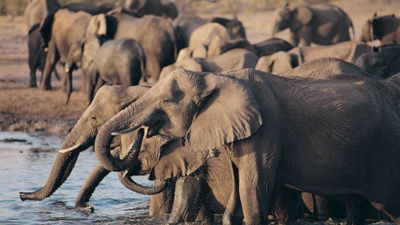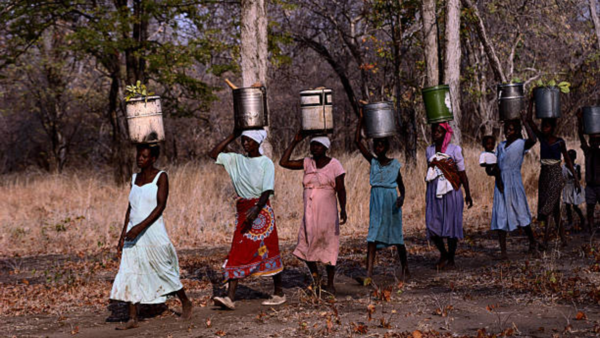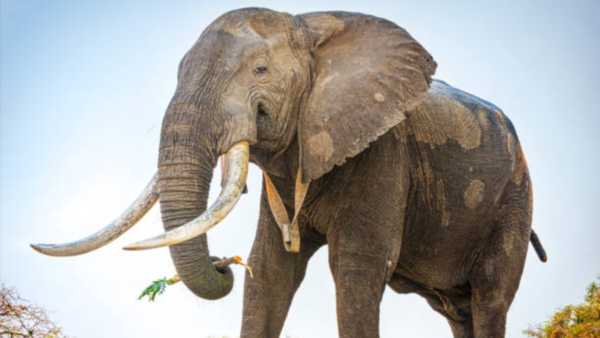ARTICLE AD BOX

In a move that has drawn global attention and stirred controversy, Zimbabwe has announced plans to cull dozens of elephants and distribute their meat to local communities. This decision comes amid growing concerns over food insecurity and escalating human-wildlife conflicts in the drought-stricken southern African nation.
While some hail it as a practical solution to an urgent crisis, others question the ethics and long-term ecological impact of such a measure.
Why Zimbabwe is culling elephants
Zimbabwe is home to one of the largest elephant populations in the world, with an estimated 84,000 elephants residing within its borders. However, conservation officials have long warned that the country’s protected parks and reserves can only sustainably support around 55,000.
As numbers swell, elephants increasingly stray into human settlements, damaging crops, destroying homes, and occasionally causing injuries or deaths.In the Save Valley Conservancy, a private game reserve in the southeastern region of the country, the situation has become particularly critical. The conservancy is currently home to more than 2,500 elephants, over three times the sustainable limit of around 800.
As a result, Zimbabwe’s Parks and Wildlife Management Authority has approved the culling of at least 50 elephants in the area.Officials say the primary goal is to relieve the strain on the ecosystem, reduce conflicts with humans, and curb habitat destruction caused by the overpopulation of elephants. Additionally, with the country reeling from a devastating drought that has caused widespread crop failure, authorities believe that distributing elephant meat could help alleviate hunger in affected communities.

Food security through wildlife management
The distribution of elephant meat is not a new practice in Zimbabwe. In the past, such meat has been shared among local populations during periods of food scarcity or as a result of natural deaths and problem animal control operations. Now, as hunger intensifies in many regions due to climate change and poor rainfall, the government is once again turning to this option.According to reports, the meat from the culled elephants will be processed and handed out to people in rural areas where food insecurity is highest.
This initiative, authorities argue, serves a dual purpose: managing wildlife populations and addressing nutritional deficits in impoverished areas.Neighboring countries like Namibia have also adopted similar approaches. Namibia recently announced that it would cull hundreds of wild animals, including elephants and hippos, and distribute the meat to communities affected by extreme drought.
A divided debate
While Zimbabwe’s plan may appear pragmatic on the surface, it has been met with considerable criticism from international conservationists and animal rights activists.
Critics argue that elephant culling is an outdated and unethical solution that disrupts social structures within elephant herds and undermines conservation efforts.There are also concerns about the message it sends globally. Elephants are iconic species that attract tourists from around the world. The fear is that repeated culling could damage Zimbabwe’s tourism industry, which is a vital source of revenue for the nation.Furthermore, conservation experts suggest alternative strategies, such as translocation (moving elephants to less populated areas), enhancing community-based conservation programs, and investing in better fencing and deterrent methods. However, these alternatives require substantial funding and infrastructure, which Zimbabwe currently lacks.

Conservation versus survival
Zimbabwean authorities defend their decision by emphasizing the country's unique challenges.
The government maintains that the culling operation is both humane and necessary. According to officials, the aim is not to eliminate elephants indiscriminately but to find a middle ground where both wildlife and humans can thrive.Zimbabwe has also been lobbying for the right to sell its vast stockpile of ivory, valued at over $600 million, to fund conservation efforts. However, global bans on the ivory trade have so far prevented such sales, leaving countries like Zimbabwe with limited options for managing growing elephant populations.The debate highlights a larger issue that many African countries face: how to balance wildlife conservation with the immediate needs of their citizens. Climate change, rising populations, and limited resources continue to push people and animals into increasingly direct conflict.
Looking ahead
Zimbabwe’s elephant cull and meat distribution strategy reflects the complexity of managing conservation in a country grappling with poverty and climate-related crises.
While the move may provide short-term relief, experts stress the importance of long-term solutions that involve investment in community resilience, education, and sustainable land-use practices.International cooperation and funding can also play a crucial role. Supporting African nations in developing non-lethal conservation strategies will be key to ensuring that both wildlife and human communities can coexist in harmony.As Zimbabwe takes this controversial step, it poses a difficult but important question for the global community: How do we support biodiversity while ensuring the survival of the people who share space with it?



.png)
.png)
.png)
















 10 hours ago
3
10 hours ago
3









 English (US) ·
English (US) ·